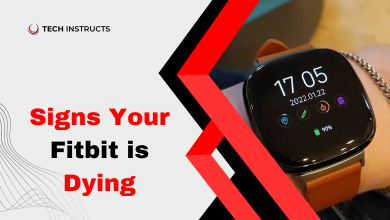
Here’s a complete list of Wordhippo 5 Letter Words Ending with G. This list will help you enhance your vocabulary and English writing skills.
5 Letter Words Ending With G (Complete List)
| Abung | acing | emerg | emong | piing | pirog |
| Adang | aging | ennog | ering | pling | plong |
| ahing | aking | exing | eying | PMing | prang |
| alang | almug | fling | flong | prong | Qiang |
| along | among | flung | FRCOG | rejig | rejog |
| aping | Atong | Frigg | FSing | renig | reorg |
| awing | axing | Gaang | Gelug | repeg | rerig |
| bedog | befog | GIing | glogg | retag | rolag |
| being | bewig | GMing | going | ruing | RVing |
| bhang | blarg | gulag | HLIRG | scoog | scoug |
| bling | boing | Hmong | hoing | scrag | scrog |
| boong | bourg | hying | hyleg | Shang | sheng |
| brang | bring | icing | IDing | shrug | Siang |
| brung | CDing | incog | iring | sisig | skegg |
| chang | cheng | kaing | kiang | slang | sling |
| ching | clang | klang | klieg | slung | spang |
| clegg | cling | klong | krang | speug | sping |
| clong | clung | kreng | kyang | spong | sprag |
| cohog | colog | liang | Loing | sprig | sprog |
| Coorg | craig | lolog | LoTAG | sprug | squeg |
| cuing | Darug | luing | lying | staig | stang |
| Deang | debag | Magog | MCing | sting | stong |
| debug | defog | moong | Mpreg | strag | strig |
| derig | djing | Muong | nying | STROG | stung |
| DLing | DMing | obang | oflag | suing | swang |
| doing | droog | ohing | OKing | swing | swung |
| duing | dwang | okrug | oping | sying | TAing |
| DXing | dying | orang | owing | thang | thing |
| dzong | ehing | PCing | Peleg | thong | toing |
| eking | embog | phang | PIIgG | Trang | Tring |
| twang | tying | whing | wrang | Usbeg | using |
| ULing | ULIRG | wring | wrong | VJing | vying |
| unbag | undug | wrung | Xiang | WGWAG | whang |
| ungag | unpeg | young | Zelig | zhang | ZOMFG |
Moreover, You can also visit Wordhipp 5 Letter Words For More Information.





